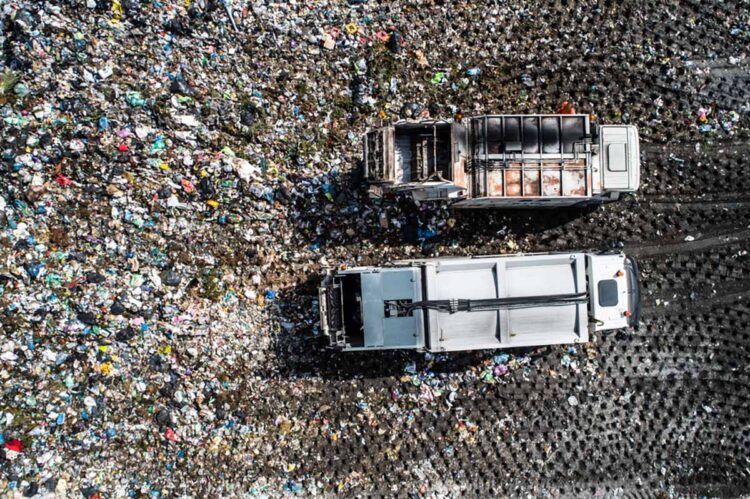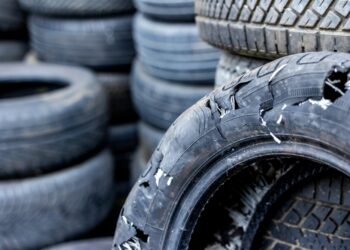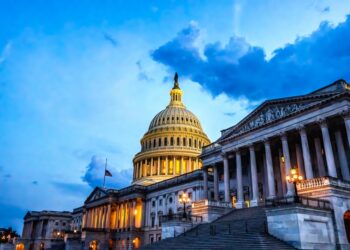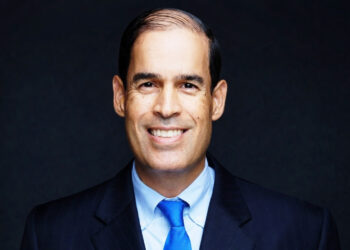The nation’s capital recently finalized a zero-waste plan nearly a decade in the making, one that ecompasses 43 actions such as composting mandates, extended producer responsibility for many materials and single-use plastic bans.
The estimated cost for the entire plan, which would end up diverting 80% of the city’s waste stream away from landfill or incineration, would have a price tag of $913.5 million and cost savings of $429.5 million. Those figures cover the entire planning and implementation period from 2023 through 2040.
John Johnson, head of the Office of Waste Diversion in the Department of Public Works in Washington, D.C., told Resource Recycling that he sees the plan as part of a trend that “major cities around the country have really started to move to, to make sure that we can really work with residents and actually turn what we considered a waste into renewable resource.”
Sarah Hofman-Graham, program analyst for the city’s Department of Public Works, added that the seed for the zero-waste plan started in 2013 with the district’s Sustainable DC plan.
That parent plan’s goal was to make the district the most sustainable and livable city in the United States, she said, and that included diverting 80% of its municipal solid waste away from landfilling and incineration. Working toward that goal, the district did a large amount of background research, including feasibility studies, waste characterization studies and waste diversion reports.
“Starting in 2022 we started to get much more specific about what our community is looking for in a Zero Waste DC plan,” Hofman-Graham said. “We started a public engagement process where we fielded a survey to get input on the public’s perception of how waste impacts their life and what they would want zero waste to look like.”
The team then put together 20 community engagement meetings and background research, reviewed zero-waste plans from other municipalities, and brought on technical consultants to start modeling future scenarios.
“We’re building on the progress that other cities have made and modeled for us,” Hofman-Graham said. “We also really hope that with our ambitious plan, we can add to that cohort of cities who are making these commitments and working together to share our successes, model things that have worked well, talk about how we can build progress together and raise the bar for municipal solid waste strategies.”
The final Zero Waste DC plan set out a strategy to divert 80% of the city’s waste stream away from landfill and incineration by 2040 and an 18% reduction in material generated by way of 43 actions, organized under seven overarching goals: reducing per capita generation, transitioning to reuse, increasing recycling and composting participation, establishing resilient zero-waste infrastructure, building an inclusive circular economy, increasing education and enforcement, and protecting the environment.
The plan noted that meeting the goals “will require significant investment and cohesive effort on the part of the District Government and its regional partners (top down), as well as a concerted effort by both residents and businesses to adopt more sustainable practices (bottom up).”
Some of the actions include cart tagging, zero-waste schools, glass collection, curbside compost, food donation requirements, a circular economy lab, regional collaboration, zero-waste hubs, hydration stations, a pay-as-you-throw system and extended producer responsibility for tires, sharps, solar panels, pharmaceuticals, mattresses, carpet and textiles.
The plan also included a focus on community needs. When surveyed, the top resident priorities included curbside organics collection, the ability to schedule curbside collection for hard-to-recycle materials and more paired recycling and trash cans in public spaces.
Created in partnership with Abbe & Associates, a zero-waste consulting firm, the city performed a cost-benefit analysis on each action. The total price tag is $913.5 million, with a start-up cost of $353 million to launch all 43 actions, the report noted, and cost savings of $429.5 million, making the net cost of implementation $484 million.
Hofman-Graham said including the cost was intentional, as many plans do not have that information, and they wanted the plan “to be not just implemented, but implementable.”
“We have a more specific road map we can go down and I think it makes the plan that much more usable, that much more implementable,” she said.
The money will be allocated by the mayor and council, and will come from multiple departments’ budgets. The city is also looking at outside sources of grant funding, including federal grants. Though this is a multi-year effort, Hofman-Graham said the team was not worried about a change in leadership halting the work.
“At the end of the day, we know that sustainability and creating a livable city is going to be a priority for any leader that comes into our city,” she said. “We have already had executive leadership changes since that initial Sustainable DC plan was published, so we know that this is going to be an evergreen priority. We are appreciative and proud of the support that we’ve already received.”
The city is already working on implementing curbside compost collection, including a pilot for 9,000 households that began in August 2023, and a commercial food waste diversion program.
Johnson said he’s most excited about the curbside compost collection.
“It’s a big chunk of our waste stream,” he said. “It’s a very vital and important piece of the work that we’re doing, and the impacts that it has in terms of mitigating greenhouse gasses and just to be able to repurpose what people might normally consider waste.”
He’s also looking forward to the regional collaboration that’s baked into the Zero Waste DC plan.
“Regional collaboration is vital for maximizing impact and we’re working closely with the neighborhood jurisdictions to share best practices, align policies and explore opportunities for shared facilities,” Johnson said. “I think one of the interesting things is the shared facilities piece of our collaborative efforts.”
Hofman-Graham noted that as the city also has a lot of commuters and visitors, “working with our surrounding jurisdictions is critical for our success.” She’s most excited about a project to build a zero-waste campus on the site of a transfer station that burned down several years ago.
It’s an opportunity “born out of tragedy,” she said, to build a facility from the bottom up with a zero-waste vision in mind, instead of retrofitting existing infrastructure “to try to transform it from how we were dealing with waste in the past to how we want to deal with it in the future.”


























